Content of the article

Content is the king of modern marketing, and its role in online business growth cannot be overstated. These are not only text materials, but also photos, videos and other visual elements that together create a comprehensive image of your business.
Without content, it is impossible to run an advertisement, because how will you talk about your products or services on the Internet if you do not have quality images or videos that will attract the attention of potential customers?
Content is the foundation SEO — without it, you will not be able to raise your site in search engines, because it is the content that helps to attract organic traffic on the Internet.
In this article, let’s consider what content is, its main types and types, as well as offer content ideas that you can safely use to increase the visibility of your business.
Kinds of content
Let’s start with what types of content you can use to grow your business.
1. Video content
This type of content is perhaps the most dynamic and interesting form of content on the Internet. According to the data, videos account for 82.5% of all online traffic, and it’s not just from TikTok.

Types of video content:
- Educational Videos: Explain complex concepts or skills by providing informative content in the form of video tutorials or webinars.
- Promotional videos: These are examples of selling videos that highlight the benefits of a product or service. They have a bright and attractive format.
- Behind-the-scenes videos: show behind-the-scenes processes, creating a sense of transparency and brand intimacy.
- Interviews: Conversations with experts, customers, or employees that provide additional information and context.
How to get the most out of video:
- Provide clear and useful information.
- Tell a story, not just sell a product.
- Keep your videos short, as users’ attention spans are usually short.
- Add a CTA at the end of the video.
- Upload videos to popular platforms like YouTube for maximum exposure.
2. Blogs
Text-based content, particularly blogs, remains the backbone of Internet marketing. Blogs are important for search engine optimization (SEO) and help brands appear on search results pages for certain keywords and drive traffic to their websites.

Types of blogs:
- Posts: text informative, entertaining or selling posts.
- Press Releases: Official announcements about important events or updates.
- Case studies: an in-depth analysis of a particular topic or problem.
- Emails: regular mailings with news, promotions or other important information.
How to get the most out of blogs:
- Optimize your text content for relevant keywords.
- Write for people, not just search engines.
- Refer to authoritative sources to confirm information.
- Break the text into small parts for easier comprehension.
- Consider technical aspects such as URLs, metadata, and HTML tags.
3. Articles
Voluminous informative text materials provide deeper coverage of topics. They can be presented in different styles, and can also be entertaining, informative or those that sell.
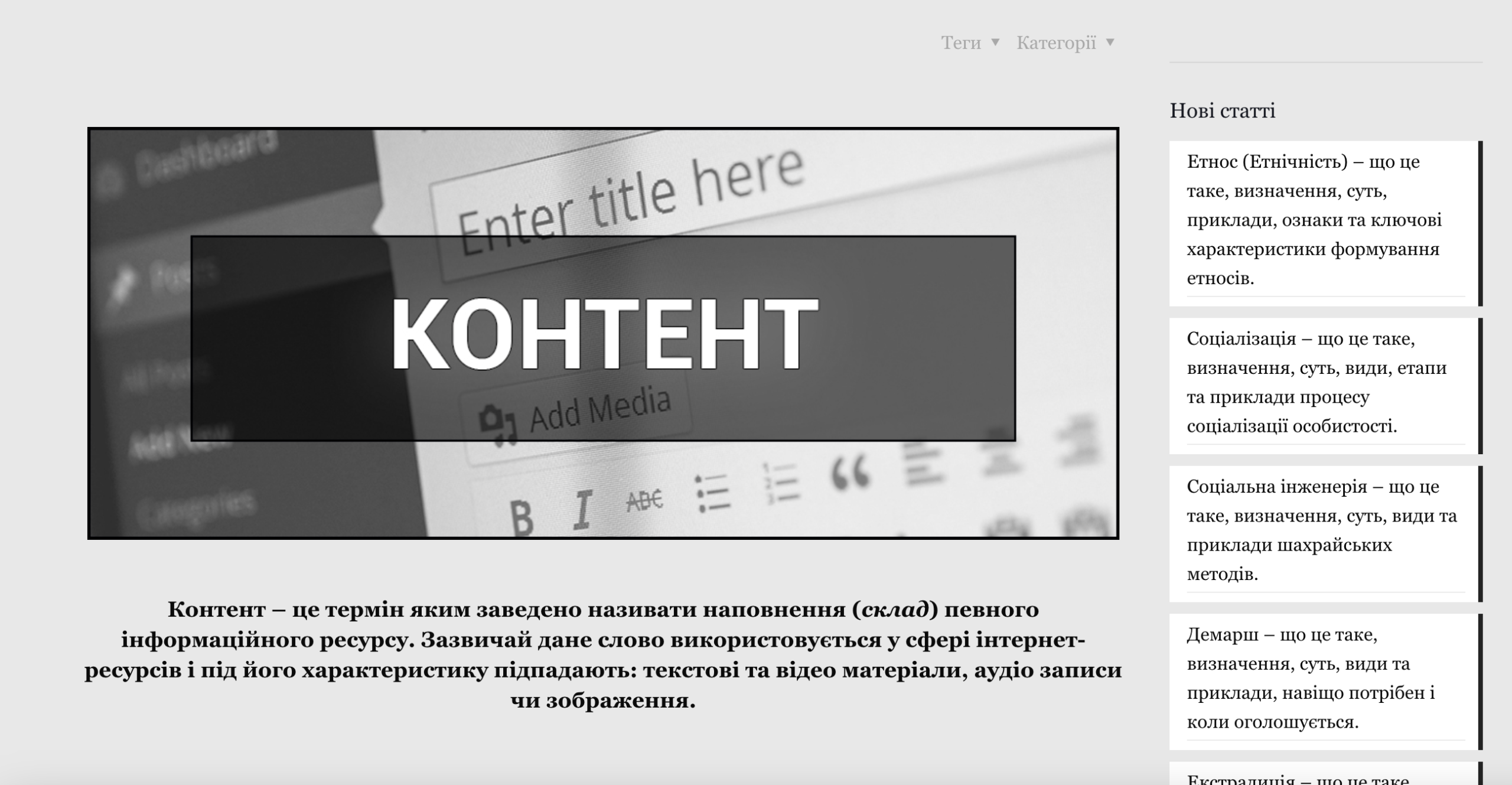
Types of articles:
- News: Updates on industry or world events.
- Reviews: An analysis of products, services or events that helps readers make informed decisions.
- Interviews: Conversations with experts or influencers who provide valuable information or unique perspectives on certain issues.
How to get the most out of articles:
- Use verified sources to confirm information.
- Develop the structure of the article so that it is logical and understandable.
- Use headings and subheadings to make the text easier to understand.
- Include quotes and examples to support your claims.
- Make sure the article answers the readers’ main questions and provides useful information.
4. Infographics
Infographics are visual representations of data or information and make complex concepts easier to understand. A type of content that combines text, graphics, and data to convey information in a clear and engaging way.

Types of infographics:
- Statistical: Shows data and figures, often in the form of charts or graphs.
- Process: visualizes a process or stages of a process.
- Comparative: compares two or more objects or phenomena.
How to get the most out of infographics:
- Use a simple style of graphics to convey key information.
- Choose colors and fonts that increase readability and attract attention.
- Ensure data is accurate and understandable.
- Add short explanations or captions to graphs to help interpret the data.
- Share infographics via social media and blogs for maximum exposure.
5. Cases
Case studies or case studies present successful examples of how a product or service has been used. This type of content demonstrates real-world results and provides detailed analysis of how specific solutions have helped achieve specific goals.
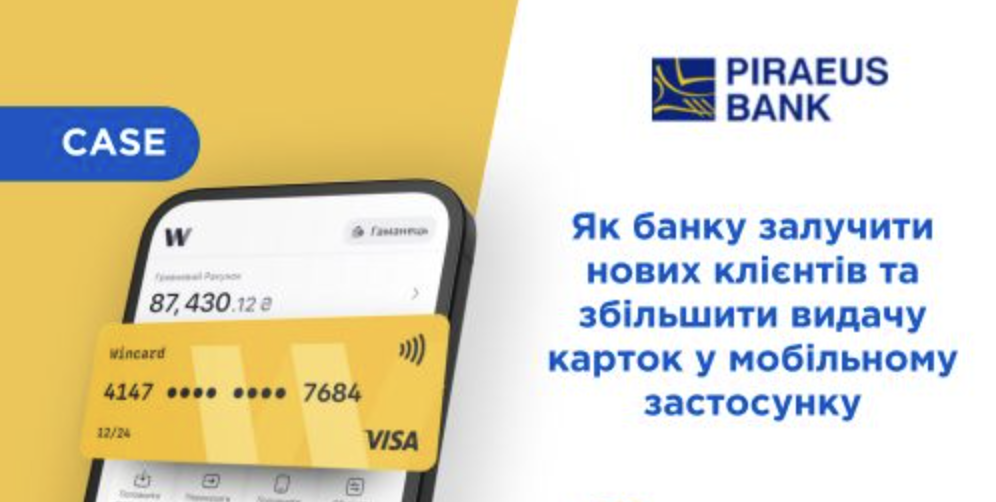
Types of cases:
- Success Stories: Show how customers have achieved their goals with a product or service.
- Problem and solution cases: describe customer problems and how your product or service can solve them.
How to get the most out of cases:
- Add real data and statistics that show results.
- Tell success stories focusing on problems and solutions.
- Add customer testimonials and interviews to bolster your case.
- Create a clear structure with a definition of the problem, solution and results.
- Use visual elements (graphs, diagrams) to reinforce information.
6. Presentations
Presentations are used to present information in a structured and visually appealing way. They usually contain slides that highlight the key points of a topic or proposition.
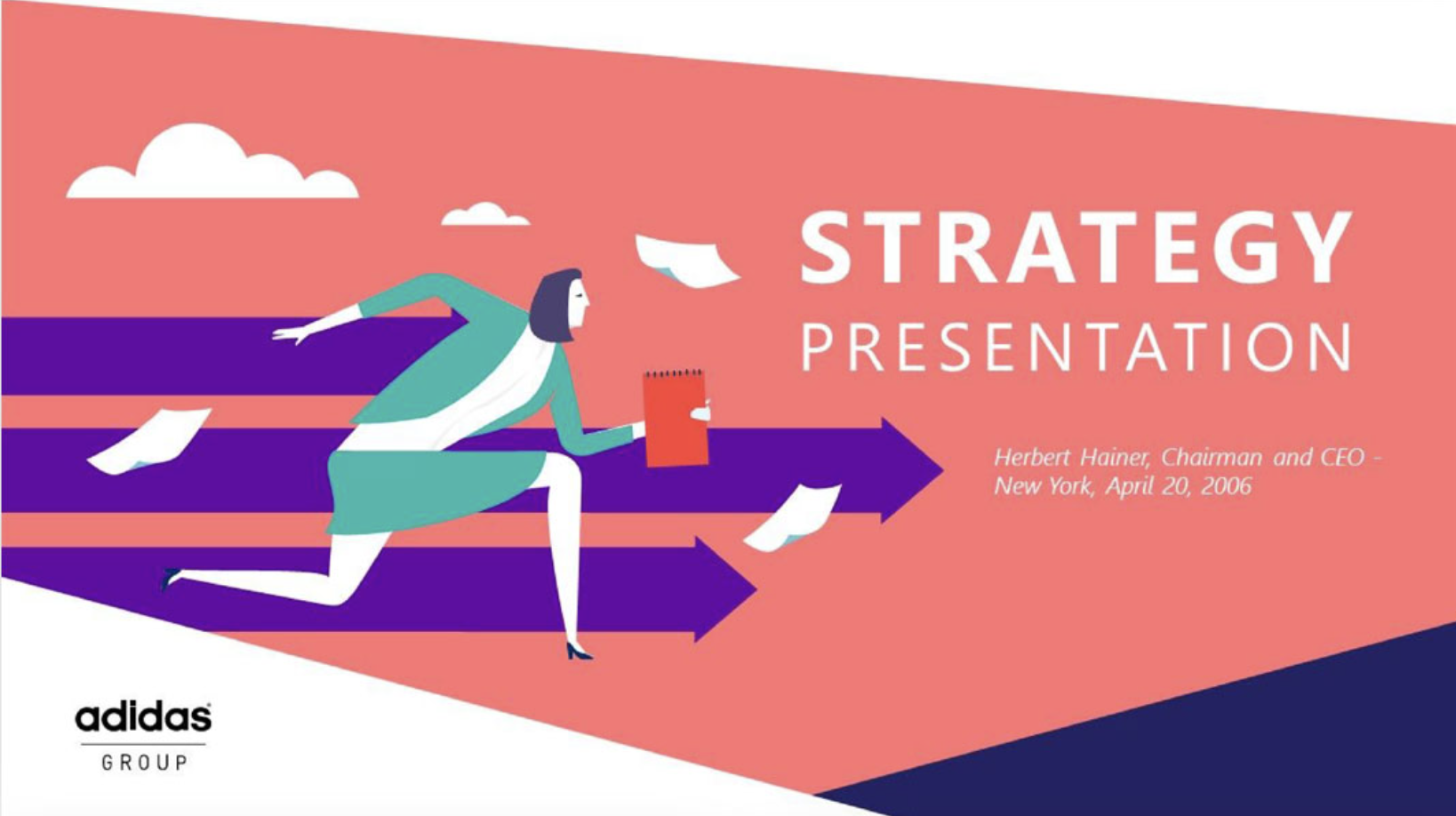
Types of presentations:
- Business Presentations: Used for internal and external meetings to present business plans, strategies or results.
- Presentations are educational: focused on learning and contain educational content.
- Marketing presentations: advertise products or services and emphasize their benefits.
How to get the most out of presentations:
- Create clear and understandable slides that focus on key points.
- Use graphics and visuals to enhance the perception of information.
- Limit text on slides and use bullet points to summarize ideas.
- Add Q&A sessions to ensure audience engagement.
Each of these types of content has its own specifics and can be used to achieve different goals in marketing and communication.
Types of content
Let’s consider the main types of content found and used in the modern Internet. Each of them has its own characteristics, and we will give examples for each type.
1. Information type of content
It provides useful, factual information for the audience. This type of content can be in the form of articles, blogs, or videos that explain certain aspects of a topic. It is the basis for building brand trust because it provides clear, reasoned answers to inquiries.
The main goal: to help, expand the knowledge of the audience and strengthen trust in the brand.
Examples:
- a site with a blog about new technologies;
- texts on FAQ pages, where questions are clarified;
- informative posts on social networks such as Facebook or Instagram.
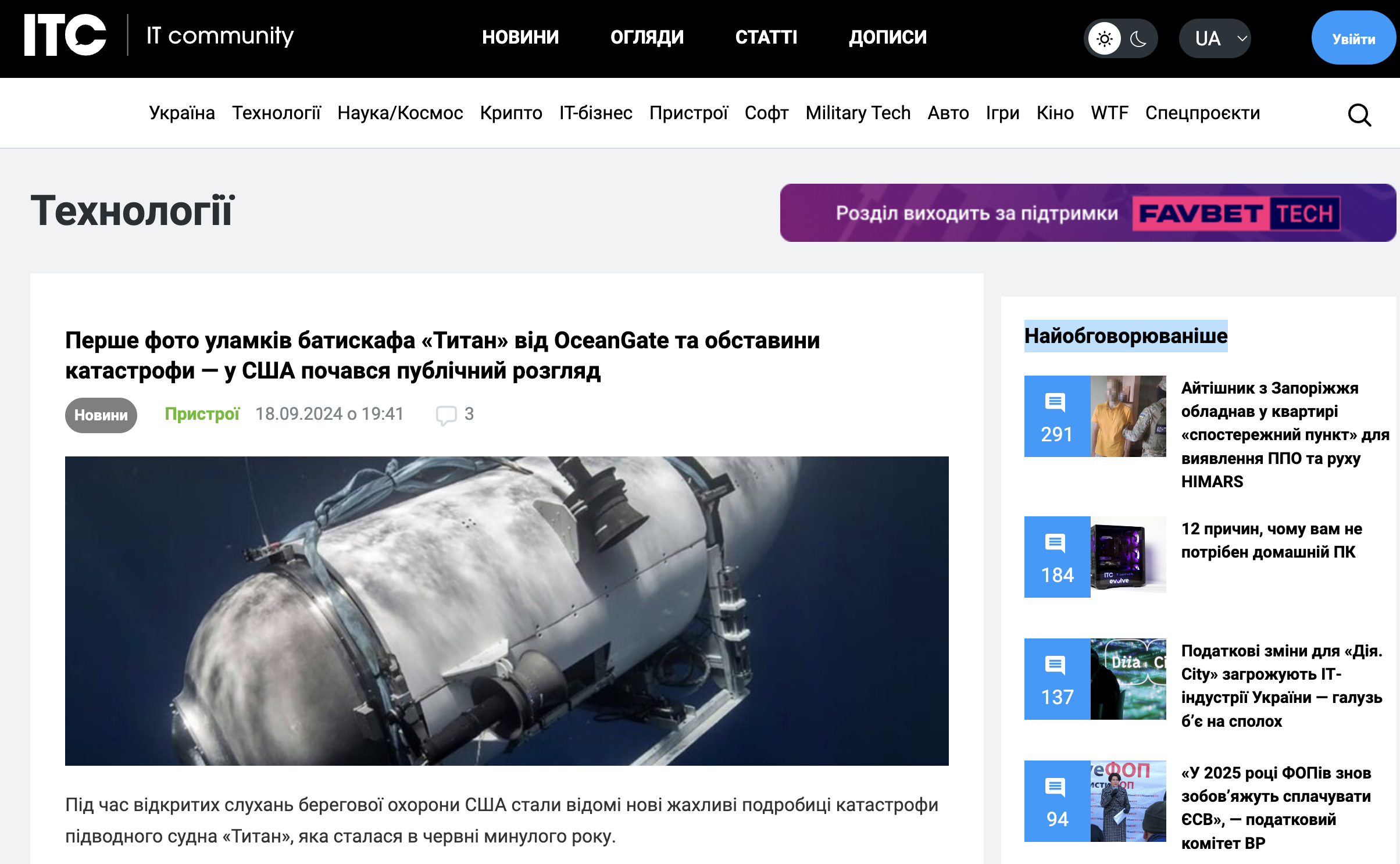
2. Content that sells
This is content intended to encourage purchases or others conversions. The main idea is to create a text or video that shows why this particular product or service is necessary. Sales texts usually have a call to action and describe the benefits of the product. They are used in social networks, on the landing page and in email newsletters.
The main goal: to directly encourage a purchase or subscription.
Examples:
- landing page, which describes all the advantages of the product;
- advertising posts on Instagram with an emphasis on discounts;
- video reviews of the product on websites and on the Internet.
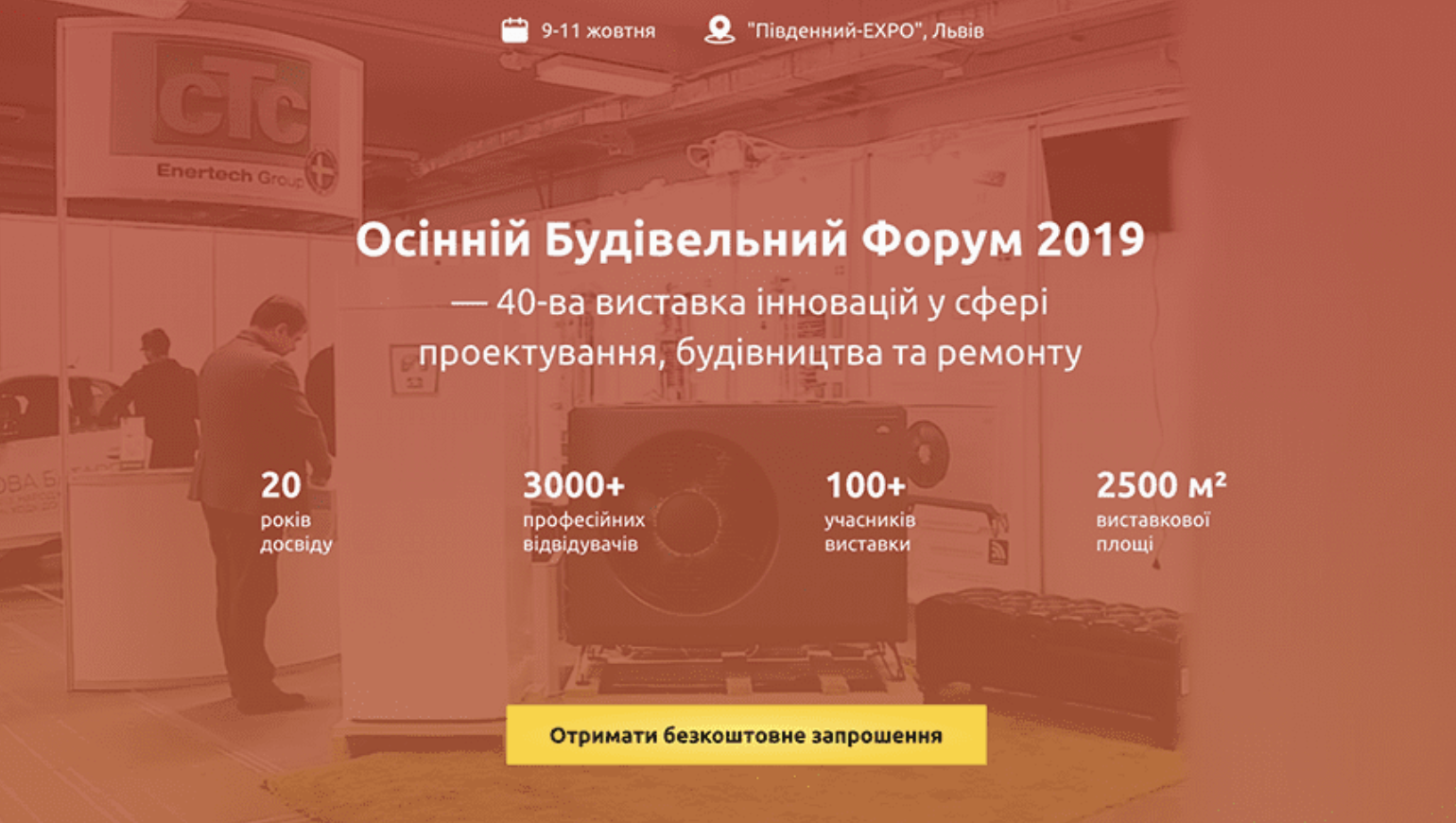
3. Entertainment type of content
It is designed to evoke positive emotions in users and attract their attention. Can be light and fun, but still carry brand value. Entertainment content is often used on social networks such as Instagram and TikTok because it has a high potential for sharing.
The main goal: to entertain the audience and increase its loyalty.
Examples:
- meme or short video on IT trends;
- contests or challenges in networks;
- a game or survey on the company’s website.
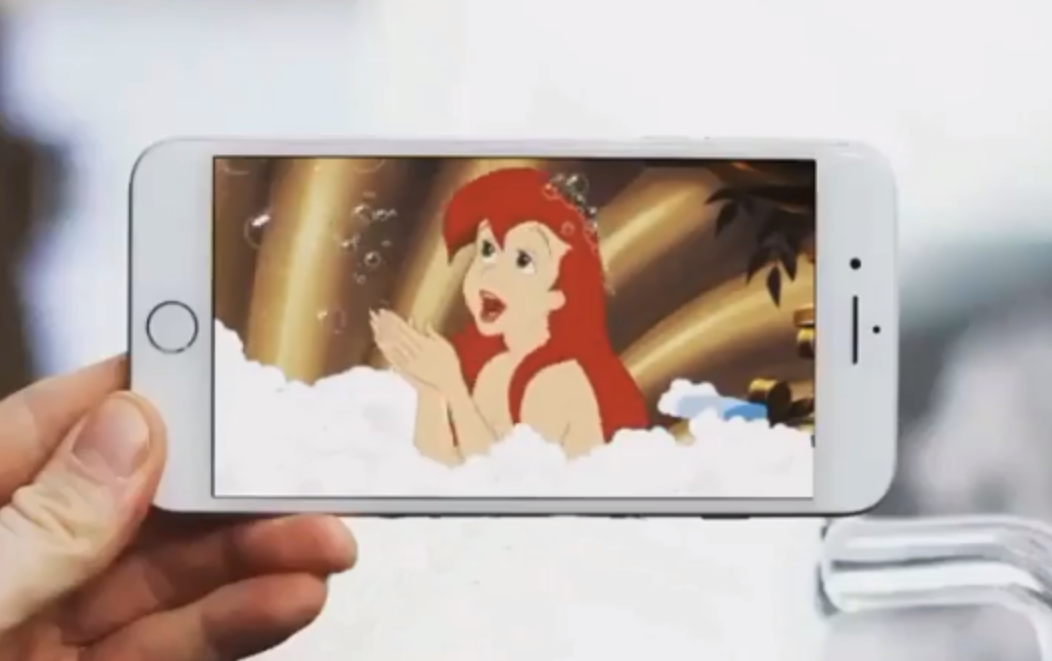
4. Engaging content
Aims to stimulate audience activity: commenting, participating in polls, liking or sharing. Creating such content is an important part of a brand’s strategy, as it helps to connect with users.
Examples:
- different types of surveys in social networks;
- contests with prizes for participation;
- live broadcasts
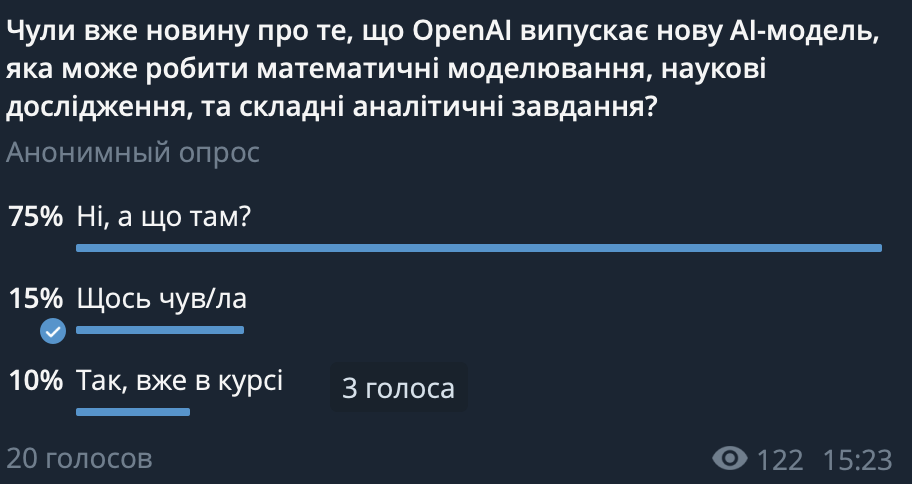
5. Viral type of content
It is one that spreads instantly and becomes popular due to its novelty or emotional impact. This type of content is usually created with the goal of causing a lot of buzz online, and people will actively share it. Viral content is often related to entertainment topics, but can also have a sales element.
Examples:
- viral videos with unexpected endings or strong emotional impact;
- flash mobs and challenges that instantly catch on in social networks;
- a meme or entertaining informational image that is rapidly spreading on the Internet.

Kinds of content in social networks
In social networks, types of content are better called rubrics.
Headings are categories that help you create diverse and structured content while maintaining your brand’s style and voice. Each type of content has its own characteristics that affect how best to plan the rubrics.
Instagram focuses on visual content, where the main ones are photos, videos and stories. Users expect to see aesthetically pleasing materials that are easy to understand. Algorithms promote interactive type of content, for example, likes, comments, reposts.
Content types ideas for Instagram:
- Storytelling: Show how a product is created or a work process happens. This adds authenticity to the brand.
- User-Generated Content — content from users: for example, posts with reviews or photos of customers using your product.
- Product Overview: Stylized images or videos focusing on products and their features.
- How-to / Tutorials: for example, step-by-step instructions on how to use the product or tips on other topics relevant to your audience.
- Customer Testimonials: Use quotes or short videos with real user testimonials.
- Inspiration: motivational quotes, advice or pictures that inspire your audience.
- Trending Topics: current trends and events related to your business.
Facebook allows you to post longer text formats. Longreads supplemented with video or photos are effective here. They are usually commented on or reposted.
Ideas of content types for Facebook:
- Educational Posts: Longreads with detailed instructions, infographics or tips on your business topic.
- Community Engagement: Ask your audience for feedback, polls, or posts that encourage comments.
- Events and Webinars: Announcements of upcoming events, webinars, and live streams with a call to action.
- Success stories: cases with the results of using the product.
- Polls and Quizzes: Interactive posts that engage users to participate.
- Product Comparison: View your products against competitors or different models of the same product.
- Industry News: Posts about the latest news and trends in the market in which you operate.
TikTok
TikTok is focused on an entertaining style: short, dynamic videos that hold attention. Humor, trends and interactivity play a key role here. Content should be creative, easy to view and fit viral formats.
Ideas of types of content for TikTok:
- Participating in trends: capitalizing on popular music or visual trends that may be relevant to your business.
- Challenges: Start your own or participate in popular challenges related to your product.
- Before/After: Show transformations or improvements with your product in short videos.
- Quick Instructions: Quick videos with tips or guides on how to use products.
- Day in the Life: Create short vlogs about your business or team.
- Fun Facts: Short videos with unusual facts about your industry or products.
- Plots: Show work on projects or production.
Telegram
Telegram is a messaging platform where text posts, news, polls and interactivity with followers are particularly popular. The key is to provide valuable content that can be quickly read and shared.
Ideas for types of content for Telegram:
- Daily Tips: Short tips or advice about your product or service.
- Exclusive informational content: announcements, insights or early access to information that is only available to subscribers of your channel.
- Polls and Quizzes: Interactive polls on topics of interest to your audience to increase engagement.
- News Digest: Regular selections of news from your field or related topics.
- Product Updates: Posts about new features, updates or important product changes.
- Case studies: descriptions of real product use stories supported by data and results.
- Special offers: sections with exclusive discounts or offers for subscribers.
Categorizing content in social networks helps to structure it, facilitates the planning of publications and ensures consistency of communication with the audience. Each social network has its own characteristics, so the content should be adapted according to the expectations of users on each platform. Using different types of content, such as informative, entertaining or sales, will give you a wide reach on each social network.






 20/09/2024
20/09/2024  5398
5398



